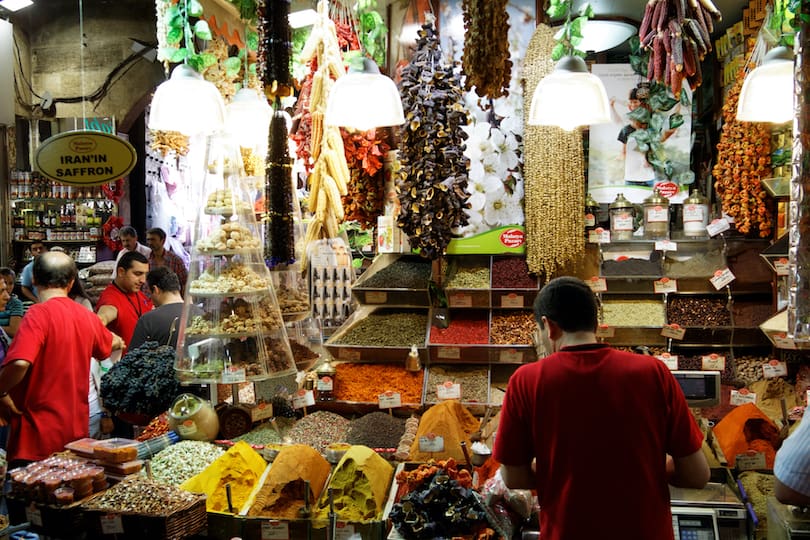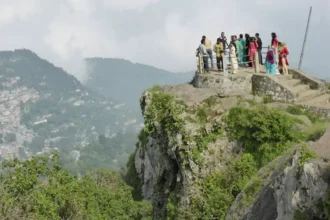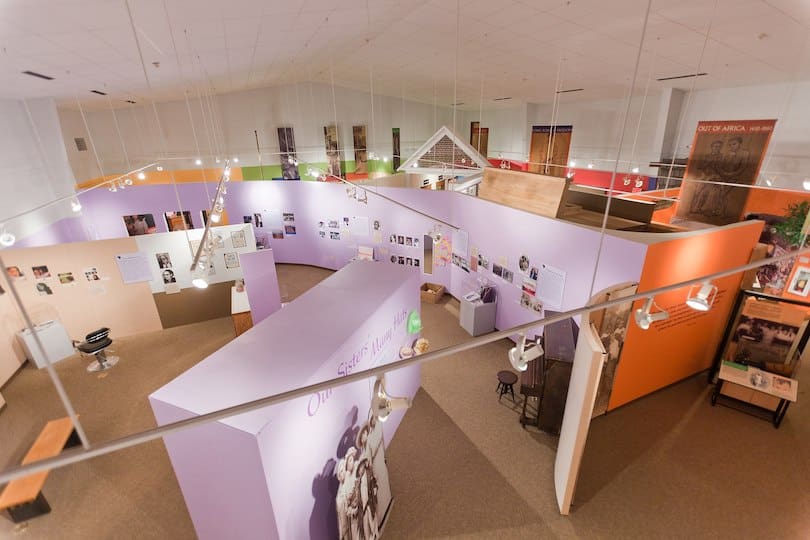Volcanoes are a natural phenomenon that fascinates people all over the world. They are formed when magma from the Earth’s mantle rises to the surface, creating a mountain-like structure. These mountains are not only breathtaking but also dangerous, with the potential to cause devastating eruptions. In this article, we will explore the 12 most amazing volcanoes on the planet, their history, and what makes them so unique.
Table of Contents
- Introduction
- Mount Fuji
- Eyjafjallajokull
- Mount Vesuvius
- Mount Kilimanjaro
- Mount St. Helens
- Mauna Loa
- Mount Rainier
- Popocatepetl
- Mount Etna
- Krakatoa
- Yellowstone Caldera
- Conclusion
- FAQs
1. Introduction
Volcanoes are a common natural phenomenon, with over 1,500 active volcanoes around the world. Some of these volcanoes are more amazing than others, whether it’s due to their unique shape, history, or the devastating impact they have had on the surrounding areas. In this article, we will explore the 12 most amazing volcanoes on the planet.
2. Mount Fuji
Mount Fuji is one of Japan’s most iconic landmarks, known for its perfect symmetrical shape. It is the highest mountain in Japan, standing at 3,776 meters tall, and is a popular destination for hikers and tourists. Mount Fuji is an active volcano but has not erupted since 1707. However, it is still considered a potential threat, and a monitoring system is in place to keep an eye on any changes in activity.
3. Eyjafjallajokull
Eyjafjallajokull is an Icelandic volcano known for its 2010 eruption that caused significant disruption to air travel across Europe. The eruption spewed a large amount of ash and gas into the atmosphere, which led to the closure of several airports. Eyjafjallajokull is part of a larger volcanic system in Iceland, and while it has not erupted since 2010, it is still closely monitored.
4. Mount Vesuvius
Mount Vesuvius is an iconic Italian volcano that is known for its infamous eruption in 79 AD, which buried the nearby city of Pompeii in ash and volcanic material. The eruption was so powerful that it created a massive cloud that could be seen from miles away. Mount Vesuvius is still an active volcano, and while it has not erupted since 1944, it is still considered a potential threat.
5. Mount Kilimanjaro
Mount Kilimanjaro is an African volcano located in Tanzania and is the highest mountain in Africa, standing at 5,895 meters tall. It is not an active volcano, but its height and unique location make it a popular destination for hikers and tourists.
6. Mount St. Helens
Mount St. Helens is an active volcano located in Washington State, USA. It is known for its devastating eruption in 1980, which killed 57 people and caused significant damage to the surrounding area. The eruption was triggered by a massive landslide, which caused the volcano’s entire north side to collapse.
7. Mauna Loa
Mauna Loa is a Hawaiian volcano that is one of the largest volcanoes on Earth. It stands at 4,170 meters tall and is located on the Big Island of Hawaii. Mauna Loa is one of the most active volcanoes on the planet, with its last eruption occurring in 1984. Its unique shape and frequent eruptions have made it a popular destination for tourists and volcanologists alike.
8. Mount Rainier
Mount Rainier is an active volcano located in Washington State, USA. It stands at 4,392 meters tall and is the highest peak in the Cascade Range. Mount Rainier is considered one of the most dangerous volcanoes in the world due to its proximity to heavily populated areas, including Seattle and Tacoma. While it has not erupted in over 100 years, it is still considered a high threat due to its recent seismic activity.
9. Popocatepetl
Popocatepetl is a Mexican volcano located near Mexico City. It is known for its frequent eruptions and has erupted over 20 times since the early 1500s. Popocatepetl is one of the most active volcanoes in Mexico and is closely monitored due to its potential impact on the nearby population.
10. Mount Etna
Mount Etna is an Italian volcano located on the east coast of Sicily. It is one of the most active volcanoes in Europe and has been erupting for over 500,000 years. Mount Etna is a popular destination for tourists and scientists due to its unique activity and the stunning views it offers of the surrounding area.
11. Krakatoa
Krakatoa is an Indonesian volcano located in the Sunda Strait between the islands of Java and Sumatra. It is known for its devastating eruption in 1883, which was one of the most powerful in recorded history. The eruption created a massive tsunami that killed over 36,000 people. While Krakatoa is currently inactive, it is still closely monitored due to its potential for future eruptions.
12. Yellowstone Caldera
Yellowstone Caldera is a volcanic caldera located in Yellowstone National Park in the United States. It is one of the largest active volcanic systems on Earth and has erupted several times in the past. Yellowstone Caldera is closely monitored due to its potential impact on the surrounding area, including the potential for a massive eruption that could have devastating consequences.
Conclusion
In conclusion, volcanoes are a natural phenomenon that continues to fascinate people all over the world. While they can be beautiful and awe-inspiring, they can also be incredibly dangerous. The 12 most amazing volcanoes on the planet that we’ve explored in this article are not only stunning but also have unique characteristics that make them stand out. From Mount Fuji’s symmetrical shape to Krakatoa’s devastating history, each of these volcanoes has a story to tell.
Other Tourist Attractions
Aside from the 12 amazing volcanoes we’ve explored in this article, there are many other stunning volcanic destinations around the world. Here are a few more:
- Mount Vesuvius in Italy, which famously destroyed the ancient city of Pompeii in AD 79
- Arenal Volcano in Costa Rica, which is known for its frequent eruptions and stunning natural beauty
- Mount Bromo in Indonesia, which offers incredible views of the sunrise over a sea of volcanic sand
- Santorini in Greece, which is home to a volcanic caldera and some of the most stunning views in the Mediterranean
Visiting these destinations can be an incredible experience, but it’s important to remember that volcanoes can be dangerous. Always follow local guidelines and take necessary precautions to ensure your safety.
FAQs
- What is the most dangerous volcano in the world?
- Mount Rainier is considered one of the most dangerous volcanoes in the world due to its proximity to heavily populated areas.
- Has Mauna Loa ever erupted?
- Yes, Mauna Loa is one of the most active volcanoes on the planet and has erupted several times in the past, with its last eruption occurring in 1984.
- What makes Yellowstone Caldera so unique?
- Yellowstone Caldera is one of the largest active volcanic systems on Earth and has the potential for a massive eruption that could have devastating consequences.
- Can tourists visit Mount Vesuvius?
- Yes, Mount Vesuvius is a popular tourist destination
- Is it safe to visit active volcanoes?
- It depends on the volcano and its current activity level. Many active volcanoes are closely monitored and have restrictions in place to keep visitors safe. It’s important to follow all guidelines and warnings issued by local authorities.
- How are volcanoes formed?
- Volcanoes are formed when molten rock, ash, and gas escape from the Earth’s crust. This can happen through a variety of processes, including subduction zones, hotspots, and rift zones.
- Can volcanoes be predicted?
- While scientists can monitor volcanoes for signs of activity, predicting a volcanic eruption is difficult. Volcanic activity can be influenced by many factors, and there is still much we don’t know about how volcanoes work.
















Hello! I just wanted to ask if you ever have any trouble with hackers? My last blog (wordpress) was hacked and I ended up losing several weeks of hard work due to no backup. Do you have any methods to protect against hackers?